
Published:
Readtime: 5 min
Every product is carefully selected by our editors and experts. If you buy from a link, we may earn a commission. Learn more. For more information on how we test products, click here.
It’s always an exciting day in the automotive world when Ferrari introduces an entirely new model to its lineup. The 296 GTB is set to kickstart a revolution for the company as the prancing horse welcomes a new engine to its multi-award-winning 8 and 12-cylinder power units. That is, a new 663cv 120° V6 coupled to an electric motor capable of delivering a further 122 kW (167 cv).
With a combined power output of 820HP, the low-mounted powerplant will sit inside an all-new short-wheelbase chassis. This might sound like unfamiliar territory for the brand, but this new V6 era has its roots deep in Ferrari’s unmatched 70-year-plus experience in motorsports. We reckon that if it drives anything like the way it looks, we might just be “redefining fun to drive” as the brand suggests.
Ferrari 296 GTB Performance Figures
Max. speed: > 330 km/h
0-100 km/h: 2.9 s
0-200 km/h: 7.3 s
Fiorano lap time: 1’ 21”
Let’s not forget, Ferrari has been developing V6 Tubro Hyrbid technology in its Formula 1 engines since 2014. So while this change to a smaller V6 engine might come as a shock, it very well could be the best possible scenario. Because with EV taking over the automotive world, and Ferrari itself aiming to produce its first all-electric supercar by 2025, we’re just glad that this model has cylinders.
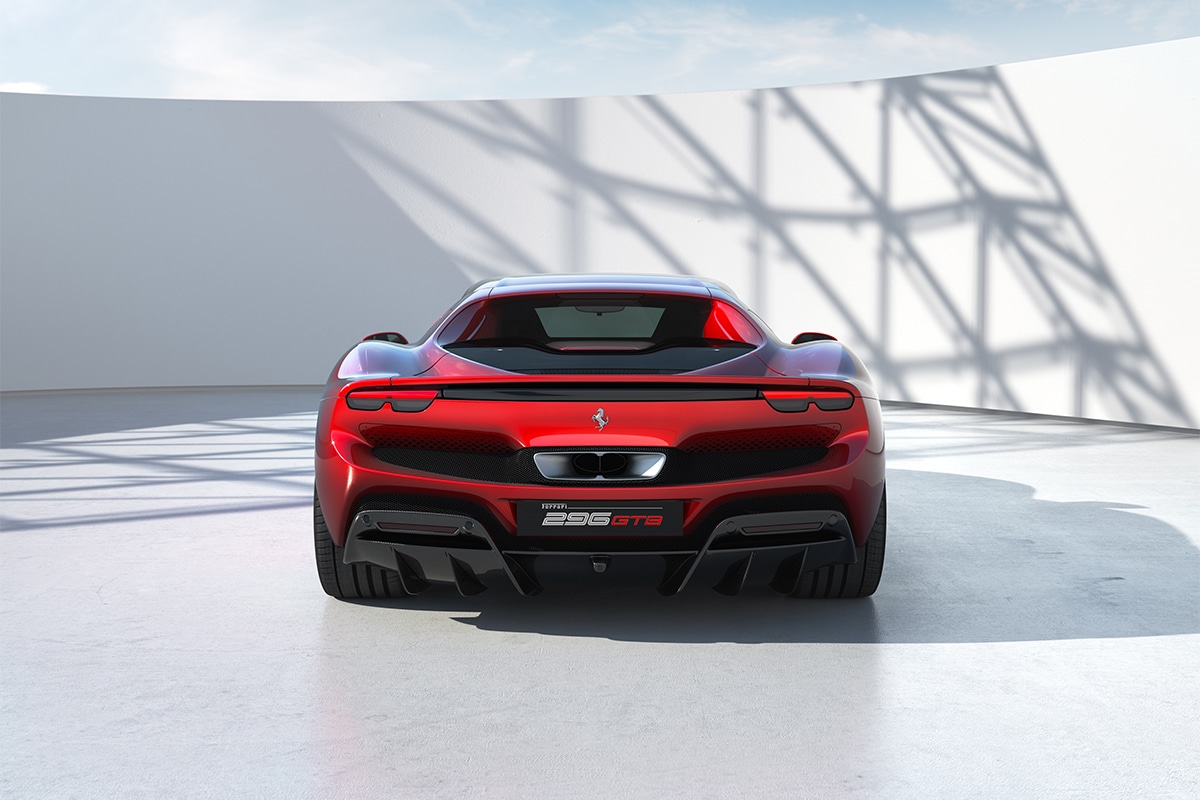
Ferrari 296 GTB Engine
Designed to redefine the concept of fun, the new Ferrari 296 GTB is set to take on the mild-hybrid world with an 820HP V6 Turbo engine mated to a PHEV hybrid system derived from Formula 1. This is the first Ferrari road car to sport a V6 turbo with a vee of angle 120° between the cylinder banks, coupled with a plug-in electric motor. The new engine has been designed and engineered from a clean sheet by Ferrari’s engineers specifically for this installation and is the first Ferrari to feature a ‘hot vee’ where the turbos are installed directly inside the vee for a quicker spool.
The 120° vee architecture offers more space between the cylinder banks than a 90° vee, this allowed the turbos to be installed in the middle of the engine. Significantly reducing the powerplants overall size and the distance the air has to cover in the combustion chamber, maximising the fluid dynamics and efficiency of the intake and exhaust line ducts.
Speaking of the new engine, the block is aluminium and both the block and cylinder heads have been designed from the ground up for this new model. Many commentators were suggesting that Ferrari was going to utilise the already well developed Alfa Romeo V6 from the Giulia QV, however, they’ve gone far beyond simply rehashing an old favourite. This new motor takes what many thought was “peak petrol” and shoves it right back in their face with technical specifications that jump off the page.
Like the SF90 Stradale, this engine benefits from the latest Ferrari combustion chamber development. That means lower emissions and more power with a central injector and spark plug system with 350-bar pressure injection that improves the fuel-air mix in the chamber. Ok, ok, that’s enough of the technical specs, you’re probably wondering how this all sounds.
Engine: 2992cc V6 – 120°
Transmission: 8-speed F1 DCT
Max power output hybrid system: 610 kW (830 cv) at 8000 rpm
Max torque: 740 Nm at 6250 rpm
Max revs: 8500 rpm
Compression ratio: 9.4:1
High voltage battery capacity: 7.45 kWh
The Sound
The new engine architecture with a ‘hot vee’ configuration led to a more linear exhaust line located in the upper part of the engine compartment. Made from Inconel, the exhaust is lightweight and more resistant to high temperatures. The sound is said to combine both that of a V12 and turbo cars of the past, with a sound that matches its performance, creating a sense of unprecedented involvement.
Unlike that of less developed V6 variants, the 120° V architecture guarantees a symmetrical firing order where equal-length, tuned exhaust manifolds combine with the single exhaust line outside the hot-V to amplify the pressure waves. In fact, Ferrari said “the first in the F163 engine family, this V6 earned itself the nickname ‘piccolo V12’ (little V12) during the development phase,” and that’s something to get excited about.
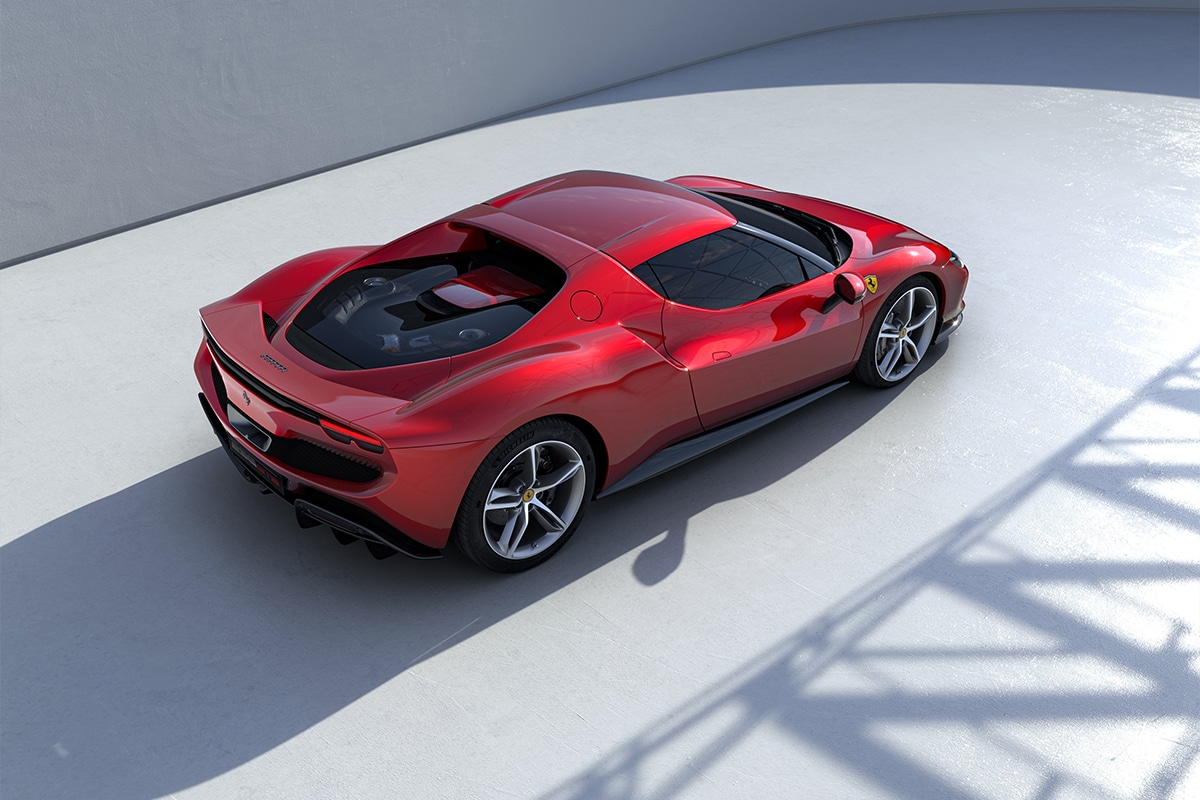
Ferrari 296 GTB Design
We’ll try not to say it, but when we first laid eyes upon the 296 GTB we instantly thought “mini SF90”. However, after sleeping on our thoughts, the look is more so ‘modern classic’ with a curvature that reminds us of the Ferrari 250 GTO. The work seems that of a single pencil stroke and there are some notably tougher lines that resemble that of the 512 Tr.
Viewing the 296 GTB from its rear right quarter panel and down the side profile would probably be its best angle. Characterised by the sinuous muscle of the wings, and a clear, strong crease line that runs along with the doors and melds the large air intakes positioned at the most aerodynamically efficient point. Thankfully, the vehicle is devoid of big wings, splitters and gurneys although the car manages to remain highly aerodynamic with technology such as a virtual fairing that allows airflow over the roof to strike the rear of the car for optimal efficiency.
Length: 4565 mm
Width: 1958 mm
Height: 1187 mm
Wheelbase: 2600 mm
Dry weight: 1470 kg
Weight distribution: 40.5 % front / 59.5 % rear
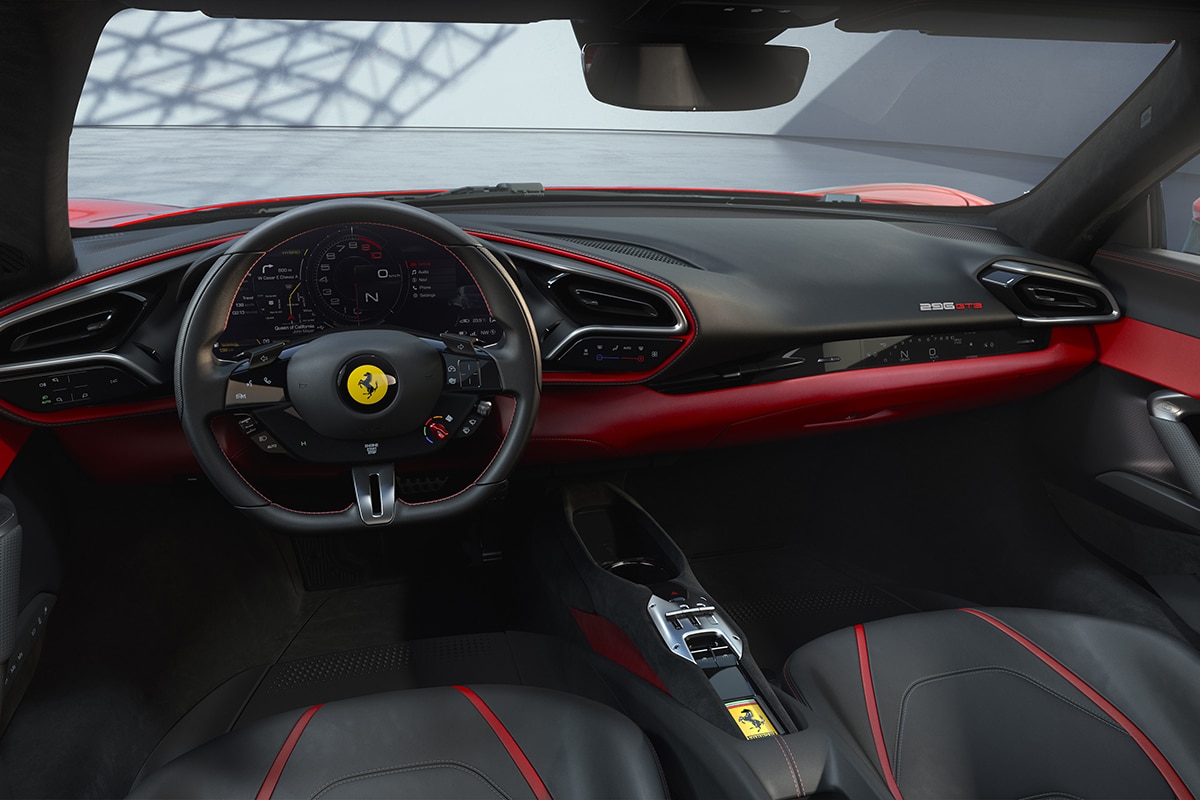
The Result
We could literally write a 20-page novel describing the advancements in technology seen on this latest Ferrari 269 GTB. A vehicle that is both beautiful to look at and as technologically advanced as any on the road today. What we are most grateful for, however, is the proof that the visceral experience, symphony of sound and a sense of “fun to drive” that is only achieved by way of an internal combustion engine will likely live on for at least the next 3-years. And we couldn’t care much less about the number of cylinders.
You’ll also like:
This Custom FJ60/80 Toyota LandCruiser Combines Two of the Best







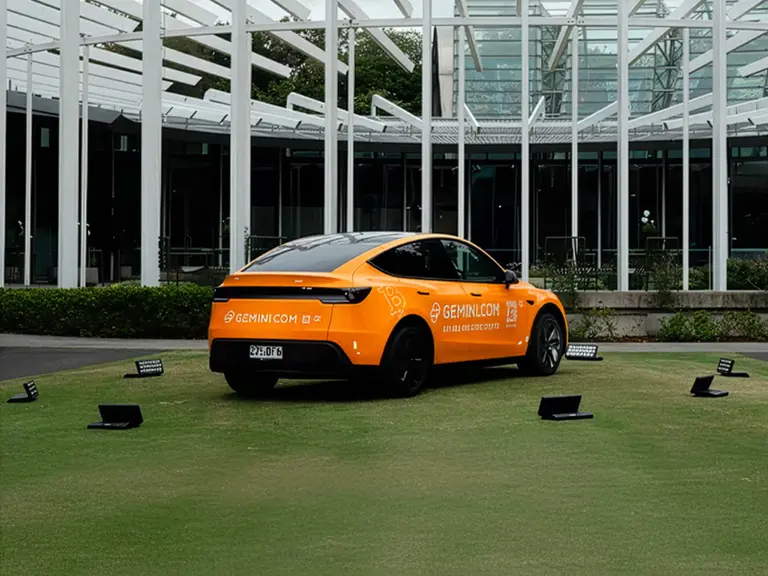






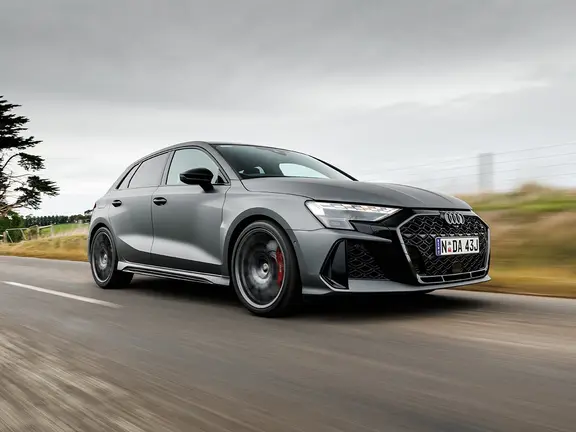




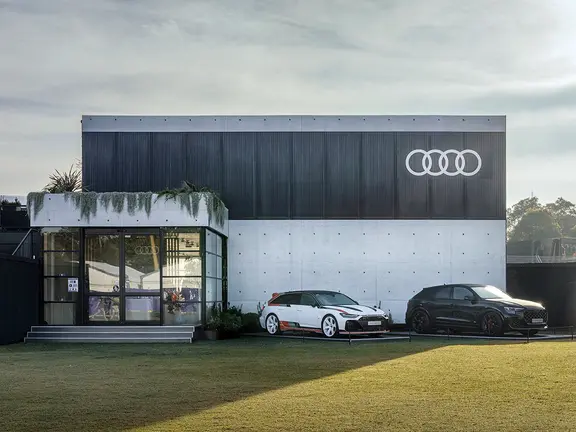


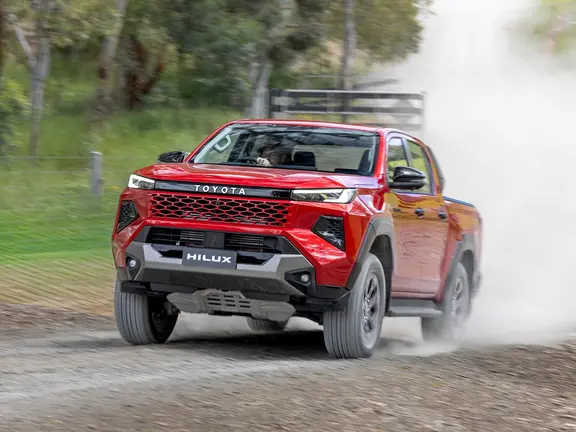
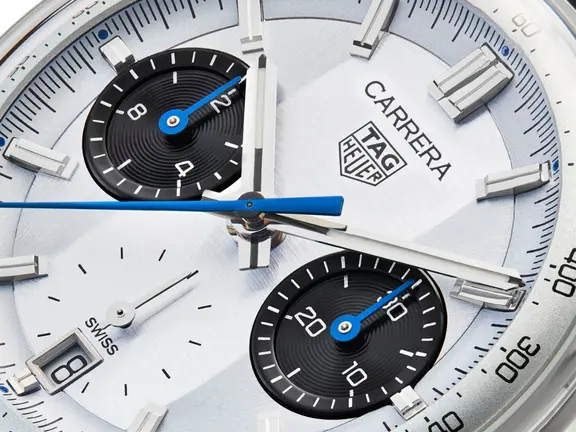







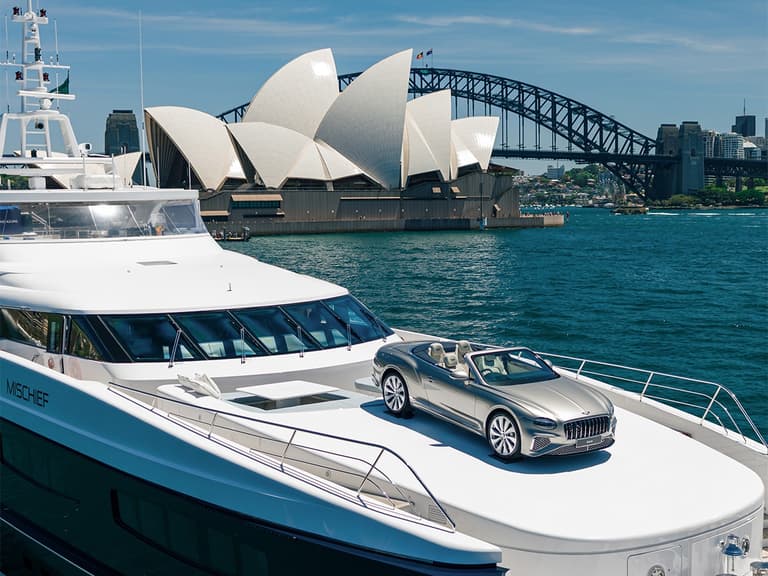

Comments
We love hearing from you. or to leave a comment.